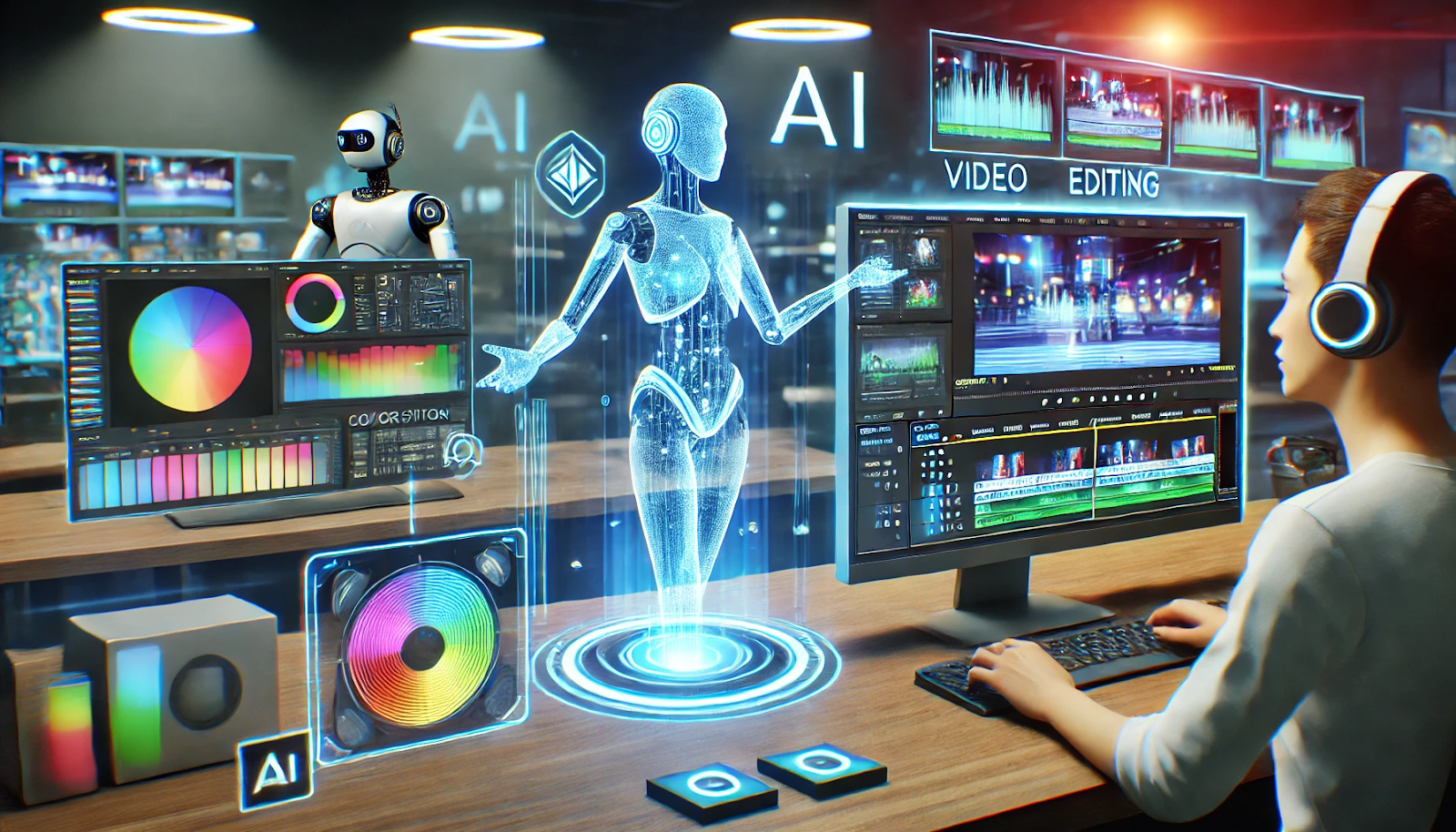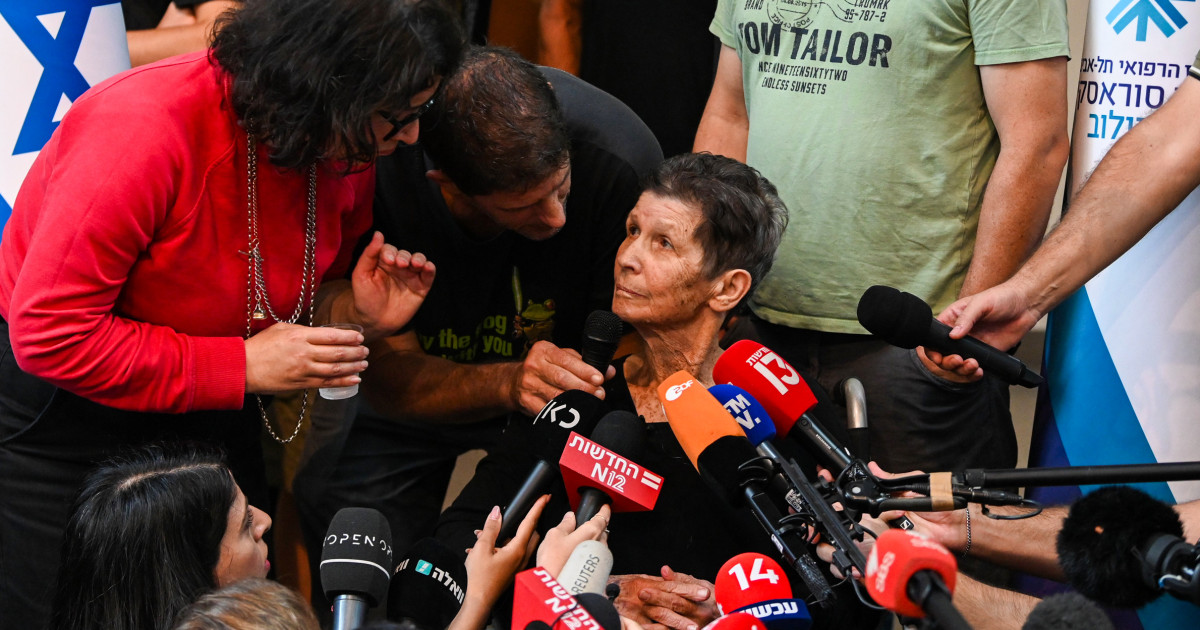In today’s rapidly evolving digital landscape, the world of video editing is undergoing a seismic shift thanks to the integration of artificial intelligence (AI). Vageesh Potnis, a seasoned video editor based in Mumbai, sees AI as a game-changer, not just for professionals like himself but for the entire creative industry. His belief? AI is here to enhance creativity, not replace it. While some fear that the rise of AI may signal the end of human-driven editing, Potnis offers a refreshing and optimistic perspective: AI can amplify creative potential by automating tedious tasks, allowing editors to focus on what truly matters—the art of storytelling.
The Role of AI in Modern Video Editing
AI is no longer a futuristic concept but a present-day tool transforming the workflow of video editors worldwide. From automatic color correction to facial recognition and even motion tracking, AI technologies are quickly becoming indispensable in the editing room. Industry-leading software like Adobe Premiere Pro and DaVinci Resolve have already incorporated AI-driven features that help editors streamline their processes. These tools analyze data, perform repetitive tasks, and offer solutions at a speed unmatched by manual editing.
For Vageesh Potnis, these innovations have been incredibly beneficial. He often works on tight deadlines with demanding clients, and AI has allowed him to enhance productivity without sacrificing quality. In his freelance work, Potnis uses AI to automate repetitive tasks, such as syncing audio, organizing footage, and applying initial color grades. This frees him up to concentrate on creative decisions like pacing, transitions, and visual storytelling, which AI simply cannot replicate.
AI in Action: Streamlining Tedious Tasks
One of the key benefits of AI is its ability to take over mundane, time-consuming tasks that would otherwise eat up hours of an editor’s day. Vageesh Potnis notes that AI is particularly useful for tasks like auto-cutting and generating rough edits, functions that allow editors to jump straight into refining the footage. AI-based tools can analyze hours of raw footage, identify key scenes, and make preliminary cuts, all while following basic editing rules.
For Potnis, the use of AI in these areas has revolutionized his workflow. “Instead of wasting time sifting through hours of footage or performing menial edits, AI handles the groundwork, and I get to focus on the elements that truly make a video stand out,” he explains. This not only saves time but also reduces the mental fatigue associated with repetitive tasks, allowing editors to bring their full creative energy to the project.
The Balance Between Automation and Creativity
Despite its growing capabilities, AI is far from a creative replacement for human editors. Vageesh Potnis strongly believes in maintaining a balance between automation and creativity. While AI can optimize processes and handle technical aspects, it is not yet advanced enough to replicate the nuanced decision-making required in video editing. “Editing is not just about putting clips together; it’s about creating emotion, mood, and flow. That’s something only a human can truly grasp,” Potnis says.
AI may be able to cut clips and apply effects, but it doesn’t understand the emotional impact of a scene, the importance of pacing, or the subtleties of storytelling. These elements require human intuition, something that remains at the core of the editing process. Potnis stresses that AI should be seen as a helpful assistant, not a replacement, enabling editors to use their creative abilities to their fullest.
The Human Touch: Why AI Can’t Replace Creativity
As AI continues to evolve, it’s essential to understand its limitations. Vageesh Potnis points out that while AI excels at data analysis and task automation, it falls short when it comes to the emotional intelligence required for artistic decision-making. AI cannot understand the emotional depth of a scene or decide which moments will resonate most with an audience. That kind of insight comes from experience, intuition, and creativity—qualities that are inherently human.
For Potnis, creativity in video editing is about making choices that convey meaning and emotion, whether it’s deciding when to cut to a reaction shot or how to pace a dramatic scene. AI may assist in arranging footage, but it will never be able to replicate the storytelling skills honed through years of practice and experience. “The heart of editing is still very much human,” Potnis affirms.
AI as a Creative Assistant, Not a Replacement
Rather than viewing AI as a competitor, Vageesh Potnis encourages video editors to embrace it as a tool that complements their skills. By automating the more monotonous aspects of editing, AI allows editors to focus on the bigger picture—crafting a compelling narrative and enhancing the visual impact of their projects. Potnis refers to AI as a “creative assistant,” one that works in the background to increase efficiency without diluting the creative process.
For instance, AI can analyze trends in footage, suggest clips that match a particular style, or even recommend transitions and effects. However, these suggestions are just that—recommendations. It’s up to the editor to decide whether or not they align with the vision of the project. According to Potnis, this dynamic allows editors to stay in control of the creative process while benefiting from AI’s efficiency.
The Evolution of AI in Video Editing: What’s Next?
Looking ahead, Vageesh Potnis is excited about the potential for AI to continue evolving within the video editing world. As AI becomes more sophisticated, it will likely offer even more advanced tools for streamlining workflow while leaving creative decisions in the hands of editors. Potnis predicts that AI could soon offer predictive editing features, automatically generating edits based on a script or a mood board provided by the director.
While these advancements are exciting, Potnis is clear that no matter how advanced AI becomes, it will always be the human touch that elevates video editing from a technical process to an art form. The future of video editing, in his view, is not about replacing human editors but empowering them to achieve new levels of creativity and efficiency.
Conclusion: AI and Creativity—A Powerful Partnership
As AI continues to shape the video editing industry, professionals like Vageesh Potnis see a bright future where technology and creativity work hand-in-hand. AI may handle the technical side of things, but it is human editors who will continue to drive the creative process. By embracing AI as a supportive tool rather than a replacement, editors can focus on what they do best—telling powerful stories that resonate with audiences worldwide.

I’m a highly experienced and respected author in the field of cryptocurrency. I have been writing about Bitcoin, Ethereum, Litecoin and other digital currencies for over 5 years which is widely regarded as one of the most knowledgeable and reliable sources of information in this area.




